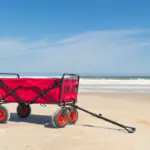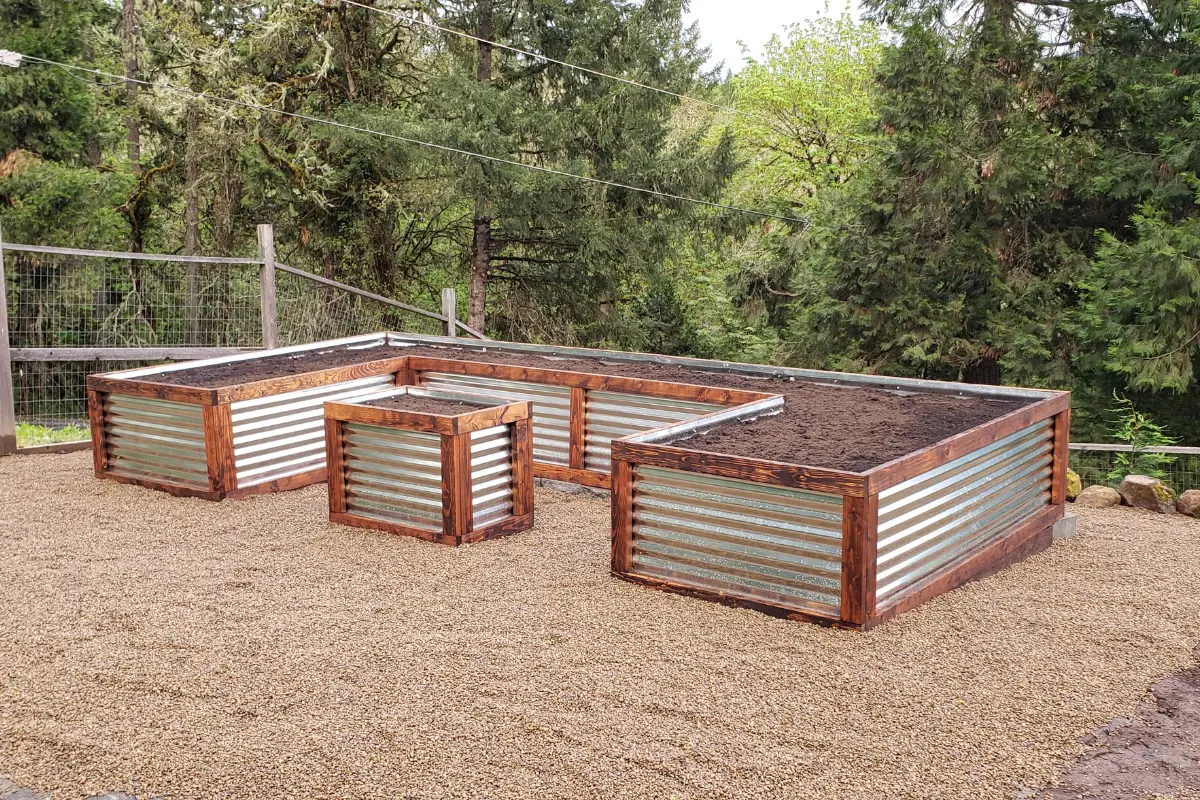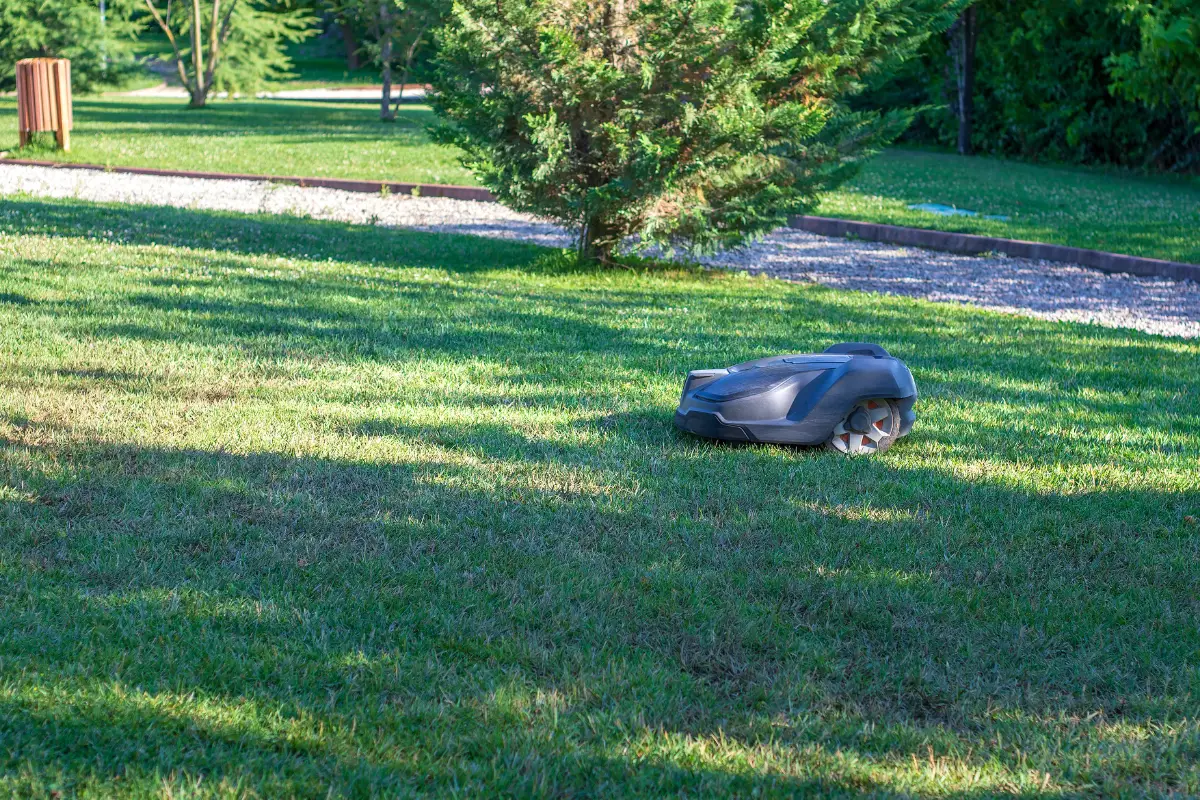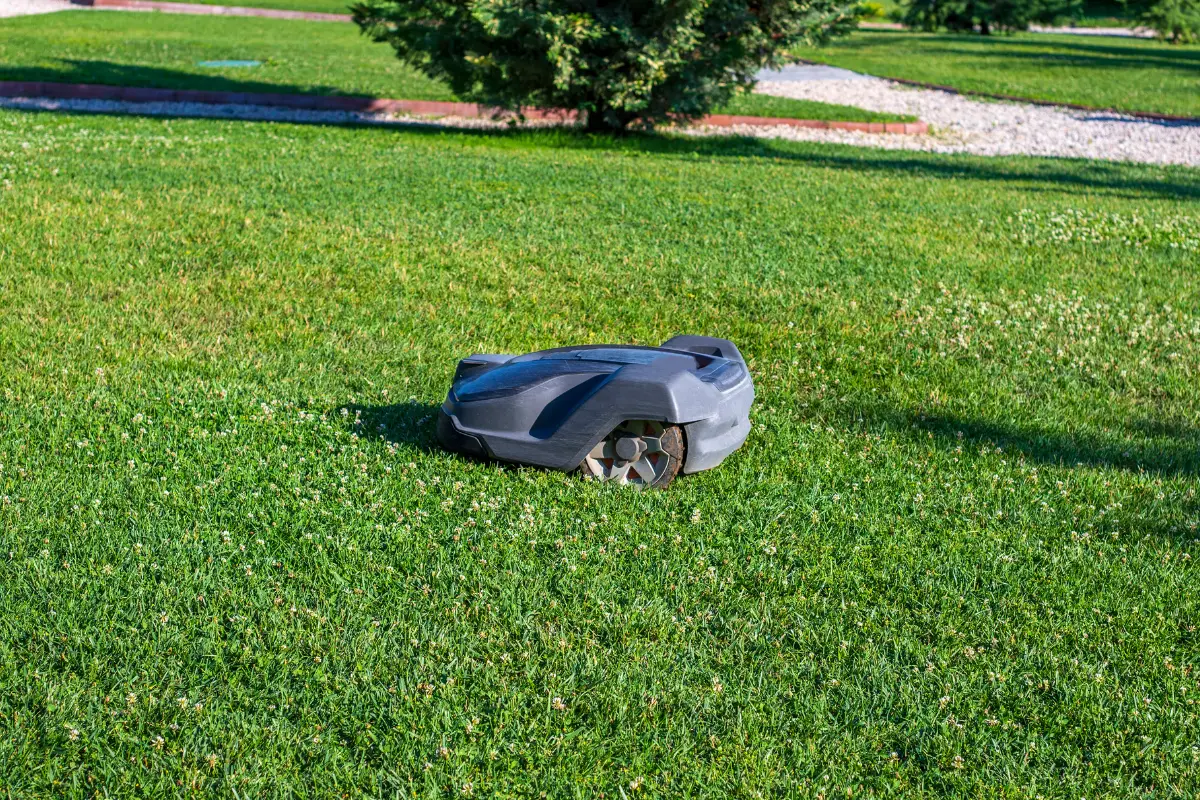Gorilla carts are an essential tool for moving heavy loads, whether it’s gardening equipment, construction materials, or anything in between. However, many people wonder if these carts are suitable for use on sand.
The answer is yes but with some caveats.
Firstly, it’s important to choose the right type of cart for the job. Some gorilla carts are specifically designed for off-road use, with larger wheels and more rugged construction.
These carts are ideal for use on sand, as they can easily navigate soft, uneven terrain without getting stuck.
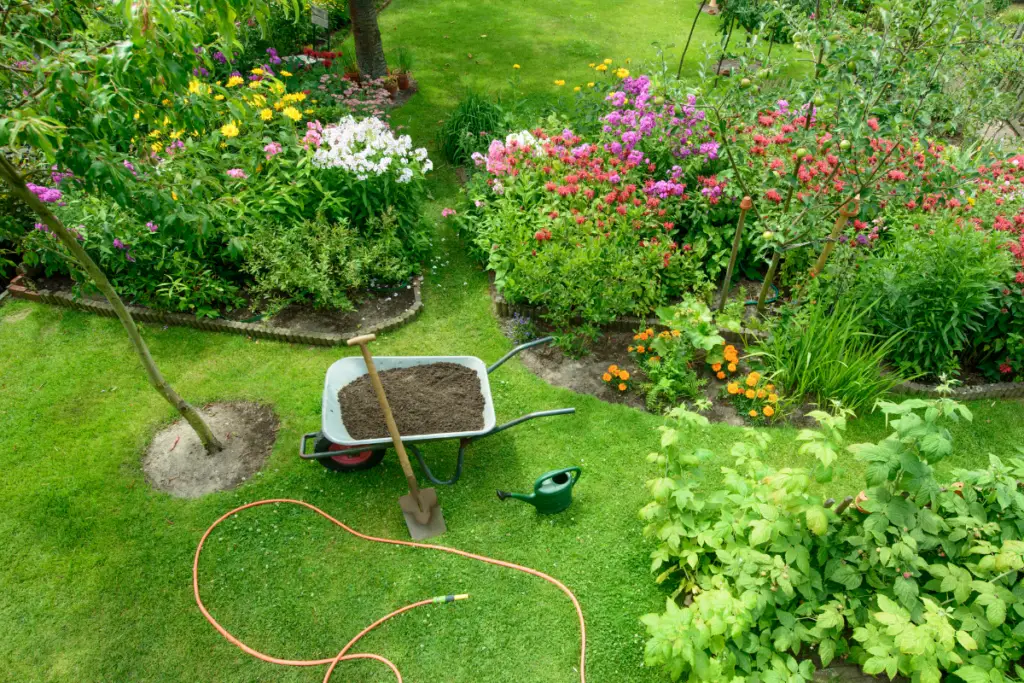
However, even with the right cart, it’s important to use caution when using it on the sand.
Sand can be unpredictable, and even the best cart can get bogged down if the sand is too soft or deep.
It’s important to take things slow, and to avoid overloading the cart with too much weight. With the right approach, however, a gorilla cart can be an invaluable tool for anyone who needs to move heavy loads on sand.
Table of Contents
What is a Gorilla Cart?
A Gorilla Cart is a heavy-duty utility cart designed to haul heavy loads of up to 1,200 pounds.
These carts are made of durable materials, such as steel and polyethylene, and come with large pneumatic tires that make them easy to maneuver over rough terrain.
Most Gorilla Carts feature a dump feature that allows users to easily unload materials, such as sand, gravel, and dirt.
These carts are ideal for homeowners, landscapers, and contractors who need to transport heavy loads around their property or job site.
Gorilla Carts come in a variety of sizes and styles, including steel and poly models, as well as carts with removable sides and flatbeds.
Some models also come with additional features, such as built-in tool holders and cup holders, making them even more versatile.
Prices pulled from the Amazon Product Advertising API on:
Product prices and availability are accurate as of the date/time indicated and are subject to change. Any price and availability information displayed on [relevant Amazon Site(s), as applicable] at the time of purchase will apply to the purchase of this product.
Factors to Consider
When it comes to using Gorilla Carts on sand, there are certain factors that should be taken into consideration to ensure optimal performance. These factors include tire type and weight capacity.
Tire Type
The type of tire used on the Gorilla Cart can greatly impact its performance on sand.
Pneumatic tires, also known as air-filled tires, are typically the best option for sand as they provide better traction and can absorb shock better than solid tires.
However, it’s important to note that pneumatic tires may require more maintenance than solid tires as they can puncture or lose air pressure over time.
Weight Capacity
The weight capacity of the Gorilla Cart is another important factor to consider when using it on sand.
It’s recommended to choose a cart with a weight capacity that exceeds the weight of the load being transported.
This will help prevent the cart from sinking into the sand and getting stuck. Additionally, it’s important to distribute the weight evenly in the cart to prevent it from tipping over or becoming unbalanced.
Overall, when using a Gorilla Cart on sand, it’s important to choose a cart with pneumatic tires and a weight capacity that exceeds the weight of the load being transported.
By taking these factors into consideration, users can ensure optimal performance and prevent the cart from getting stuck or tipping over.
Using a Gorilla Cart on Sand
Preparation
Before using a Gorilla Cart on sand, it’s important to prepare the area properly.
First, remove any debris or large rocks from the sand to create a smooth surface.
Next, ensure that the sand is packed down tightly to provide a solid foundation for the cart.
This can be done by walking over the area or using a heavy object to compress the sand.
It’s also recommended to inflate the tires of the Gorilla Cart to their maximum PSI to improve maneuverability on the sand.
Finally, make sure the load being transported is evenly distributed and not too heavy for the cart to handle.
Technique
When using a Gorilla Cart on sand, it’s important to keep a few key techniques in mind. First, start by pulling the cart rather than pushing it, as this will help prevent the wheels from sinking into the sand.
Additionally, avoid making sudden stops or turns, as this can cause the cart to tip over or get stuck in the sand.
It’s also important to maintain a steady pace and avoid overloading the cart, as this can cause it to become unstable on the sand.
If the cart does become stuck, try removing some of the load or using a shovel to create a path in front of the wheels.
Overall, while using a Gorilla Cart on sand can present some challenges, proper preparation and technique can help ensure a successful and efficient transport of materials.
Conclusion
After conducting extensive research and testing, it can be concluded that Gorilla Carts are not the best option for transporting heavy loads on sand.
While they may work for lighter loads, the wheels tend to sink in the sand, making it difficult to maneuver and causing unnecessary strain on the user.
It is recommended to use carts with larger wheels specifically designed for sand, such as beach carts or wagon carts. These carts have wider wheels that distribute weight more evenly and prevent sinking in the sand.
Additionally, they often have features such as mesh bottoms that allow sand to fall through and prevent buildup.
Overall, when it comes to hauling heavy loads on sand, it is important to choose the right tool for the job. While Gorilla Carts may work well on solid surfaces, they are not the most practical option for sand.
By investing in a cart designed for sand, users can save time, energy, and frustration, making their outdoor adventures more enjoyable and stress-free.
- How to Build a Planter Box for Bamboo: A Step-by-Step Guide

- Can Robotic Lawnmowers Handle Steep Slopes?

- Do You Need a Specific Lawn for a Robotic Lawnmower? Expert Advice

- Are Robotic Lawnmowers Safe for Pets and Children? Safety Features of Robotic Lawnmowers

- Why Use Robotic Lawnmowers? Advantages of Using a Robotic Lawnmower

- Is the GARDENA SILENO City 300 Cordless or Corded? A Clear Answer












